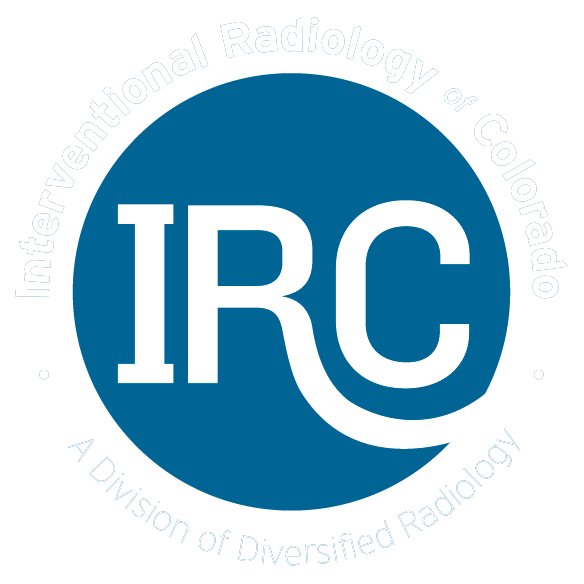What is Benign Prostatic Hyperplasia (BPH)?
Benign prostatic hyperplasia (BPH) is a non-cancerous enlargement of the prostate. This can occur during the prostate’s second period of growth, which begins at age 25 and continues for most of a man’s life. As the prostate enlarges, it puts pressure on the urethra and can cause a variety of issues with the bladder, urinary tract, and kidneys. These symptoms can be stressful and painful, while degrading a person’s quality of life over time.
Symptoms of Benign Prostatic Hyperplasia
Common symptoms of benign prostatic hyperplasia can include:
- Increased need to urinate at night
- Difficulty urinating
- Frequent need to urinate
- Weak urine stream
- Inability to completely empty bladder
- Pain while urinating
If untreated, this condition can lead to urinary tract infections, bladder stones, bladder infections, blood in your urine, or an inability to urinate.
Risk Factors for Benign Prostatic Hyperplasia
Age is one of the greatest factors in developing benign prostatic hyperplasia. The condition rarely impacts those under 40, but by age 60, half of all men have some symptoms. Having a blood relative with the condition also increases the likelihood of developing it, as do diabetes and heart disease.
Treatments for Benign Prostatic Hyperplasia
Those with mild symptoms may only require occasional check-ins to ensure the condition doesn’t worsen. For those with severe symptoms, there are a variety of treatment options, including:
- Medications to reduce enlargement and ease symptoms caused by BPH. Some medications can decrease the production of a hormone that impacts the prostate’s growth; others relax muscles in the prostate to reduce pressure on the surrounding tissues or help to improve the flow of urine.
- Surgical treatments – A more aggressive form of treatment that involve surgery to remove tissue blocking the urethra or widen the urethra to make urination easier. Common procedures include transurethral incision of the prostate (TUIP), transurethral vaporation of the prostate (TUVP), and photoselective vaporization (PV).
- Minimally invasive prostate artery embolization (PAE) – A less invasive alternative to these treatments, instead of removing tissue, PAE reduces blood flow to the prostate, causing it to shrink and allowing the urethra to return to normal.
How Does Prostate Artery Embolization (PAE) Work?
PAE is a minimally-invasive image-guided (ultrasound and x-ray fluoroscopy) procedure provided by Vascular and Interventional Radiologists on an outpatient basis. The procedure is performed through the radial artery (wrist) or the femoral artery (tiny incision in the groin) under sedation. The procedure lasts around 1.5-2 hours. Because this procedure doesn’t involve major surgery, patients rarely require general anesthesia and are discharged from the hospital the same day to recover at home.
PAE takes advantage of the fact that the prostate gland has a rich blood supply. By advancing a tiny (1 mm or less) catheter through the arteries into the prostatic arteries, the blood flow to the prostate can be reduced by injecting small particles that reduce blood flow to the prostate. By reducing the blood flow to the prostate (embolization), the prostate responds by shrinking. This allows the urethra to return to a normal diameter, thereby increasing the urine flow rate, the force of the stream, and more complete bladder emptying.
After the Procedure
One of our Interventional Radiologists will interpret your results and advise you whether the procedure was a success. During a follow-up visit, your physician may discuss any additional treatment you may need or if you experience any side effects of the procedure.
Am I a Candidate for PAE treatment?
BPH usually begins in men after age 40. In fact, 50% of men over 50 are affected to some degree. While there is no certain cause to BPH, some risk factors include diabetes, obesity, and lack of exercise. In some cases, family history can also be a factor. If you are experiencing frequent urination (including multiple times during the night that interfere with good sleep hygiene), weak stream or inability to urinate, difficulty beginning urination, loss of bladder control and/or hematuria (blood in urine), you are a likely candidate for PAE Treatment.
Minimally invasive options like prostate artery embolization are less painful and easier to recover from than major surgery, meaning patients can get back to the quality of life they deserve in less time. If you’d like to see if prostate artery embolization is the right choice for you, reach out to our team to schedule a consultation. Our expert interventional radiologists are here to help you feel better without the trouble of major surgery.












